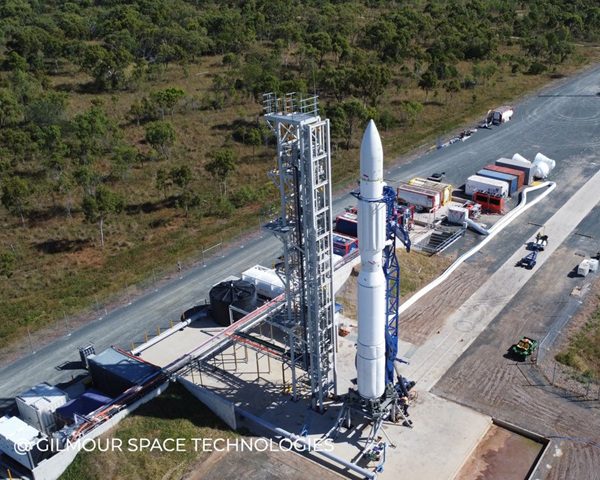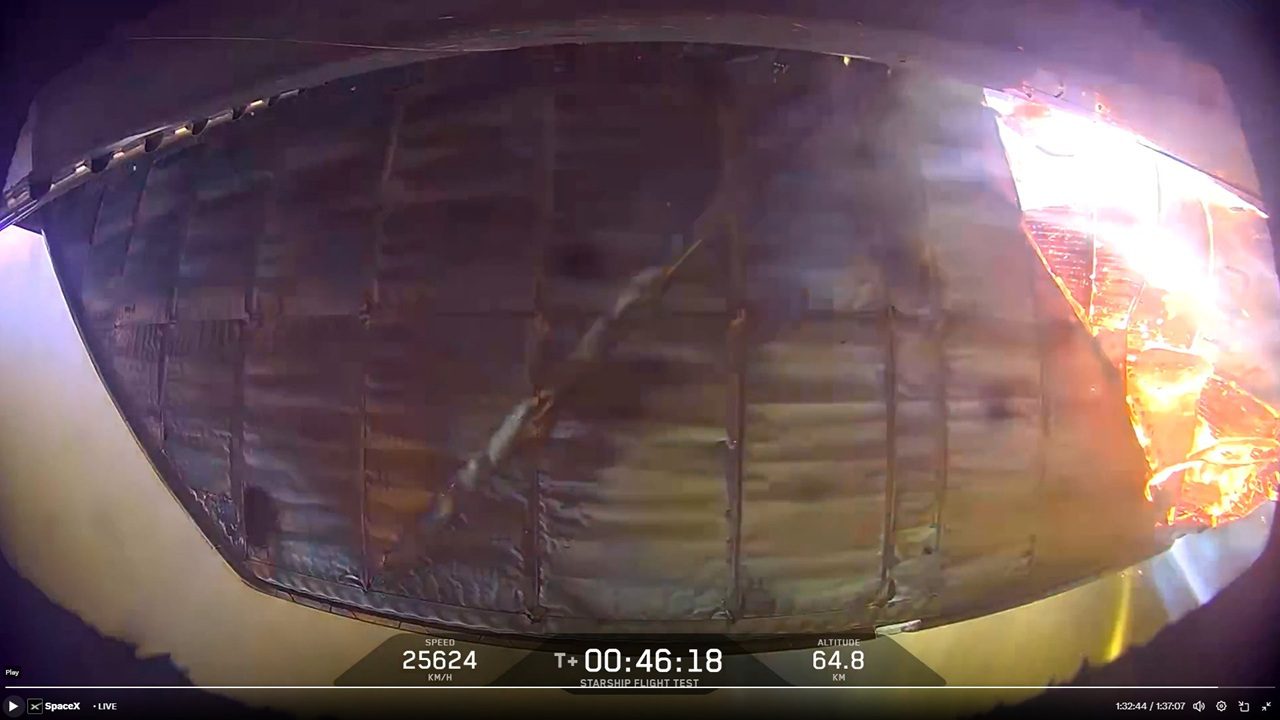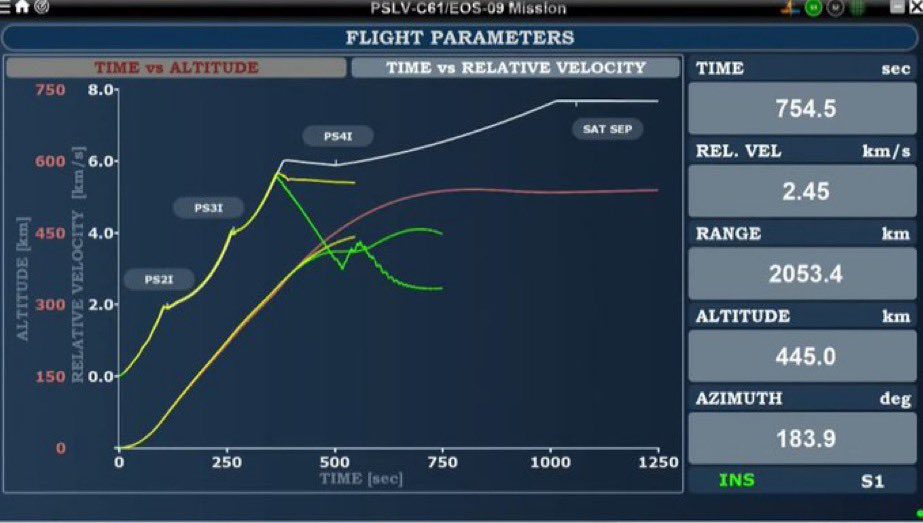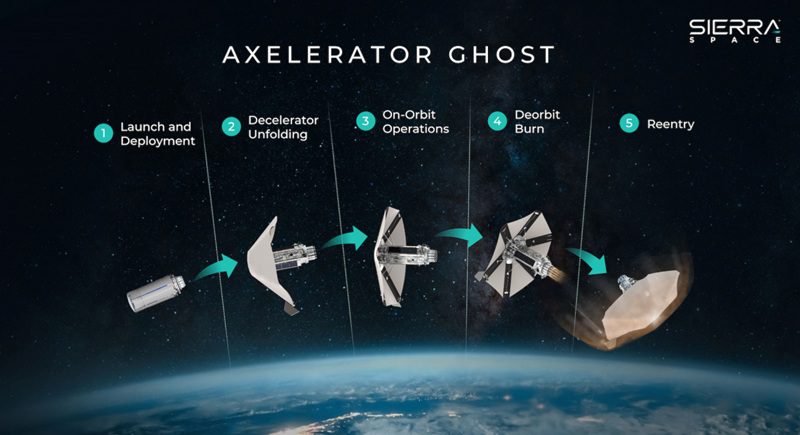A formal insurance claim for US$214 million has been made for the loss of a satellite telecommunications beam on the ABS-2 communications payload. The failure was first discovered in July when a Ku-band beam fault on spacecraft led to outage affecting its customers. This expected insurance loss, and the subsequent Antares/Cygnus Orb-3 launch failure-related insurance claim of US$48 million, has led some insurers to fret that the market will again fall into loss as it did last year.
Industry observers noted that the ABS-2 claim was surprisingly large given that the total insured value of the spacecraft was US$450 million. However, while the faulty Ku-band beam was only one of ten beams carried by the spacecraft, the Russian beam was insured for a high value as it was of high commercial importance.
As a reflection of the value of the beam, according to Space News, it was actually co- owned by the satellite capacity leasing firm GT Satellite Systems S.A. of Moscow and Luxembourg which part bought it in a 2011 deal for US$125 million.
According to Seradata’s figures, the two expected losses brings the total of insurance losses (pending final agreements) to around US$650 million for the year. This figure may rise a little further if a claim by Urthecast for loss of business related to an imaging payload on the International Space Station, and its faulty tracking table, is accepted.
Gross premium levels received to date are just about balancing potential losses, with gross premium receipts (before broker deductions) estimated by industry sources to be circa US$630 million. While premium rates have risen slightly for some risks (Proton launches for example) others remain depressed mainly due to the large capacity available with more space insurers than ever participating in the space insurance class.
A Proton launch failure in May, which resulted in an insurance loss of US$217 million for the launch destruction of Express AM-4R, both raised premium rates for Proton launches, but also depressed the likely total of premium due to delays to subsequent Proton launches. The resulting failure inquiry which lasted several months, caused Proton, one of the mainstays of commercial launches, to be stood down while it took place.
The inaccurate launch of Express AM-6 by a Proton in October is unlikely to cause insurance loss. However it may yet lead to another hiatus in the Proton launch schedule.
Assuming that the Proton is allowed to fly, estimates for the eventual total of premium receipts for the year are currently in the region of US$750 million. In other words, if space insurers are to make a profit on a calendar underwriting basis, they are hoping that there will be no more significant losses in the last two months of 2014. A “white knuckle ride” indeed.
Last year (2013) was a “losing year” on a calendar basis with gross premium being estimated at circa US$700 million, but with losses equating to US$814 million.
A full listing of space insurance claims and losses is available on Seradata’s SpaceTrak database. For more information, contact info@seradata.com.
Post Script: In an unrelated personnel change, Seradata understands that long-time space insurance executive, Jeffery Temple-Heald, has left the space insurance arm of AIG Europe. James Straker-Nesbit is expected to take over the reins there under Paul Aitcheson who moves from Sciemus.






